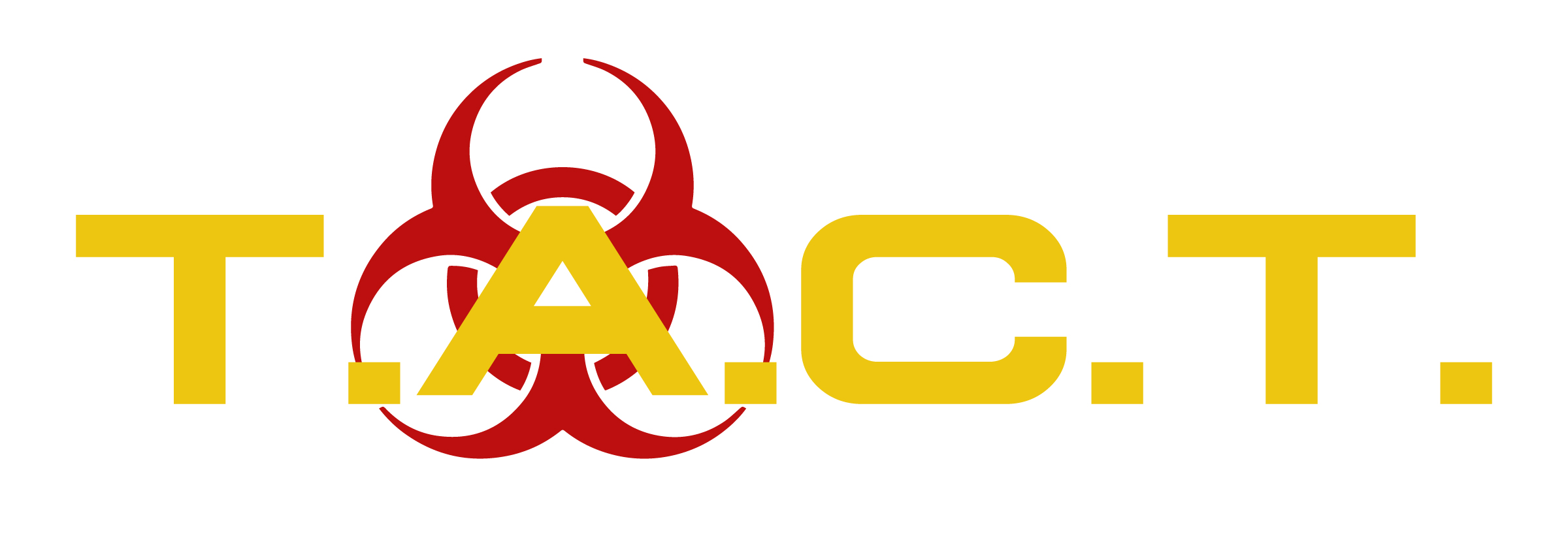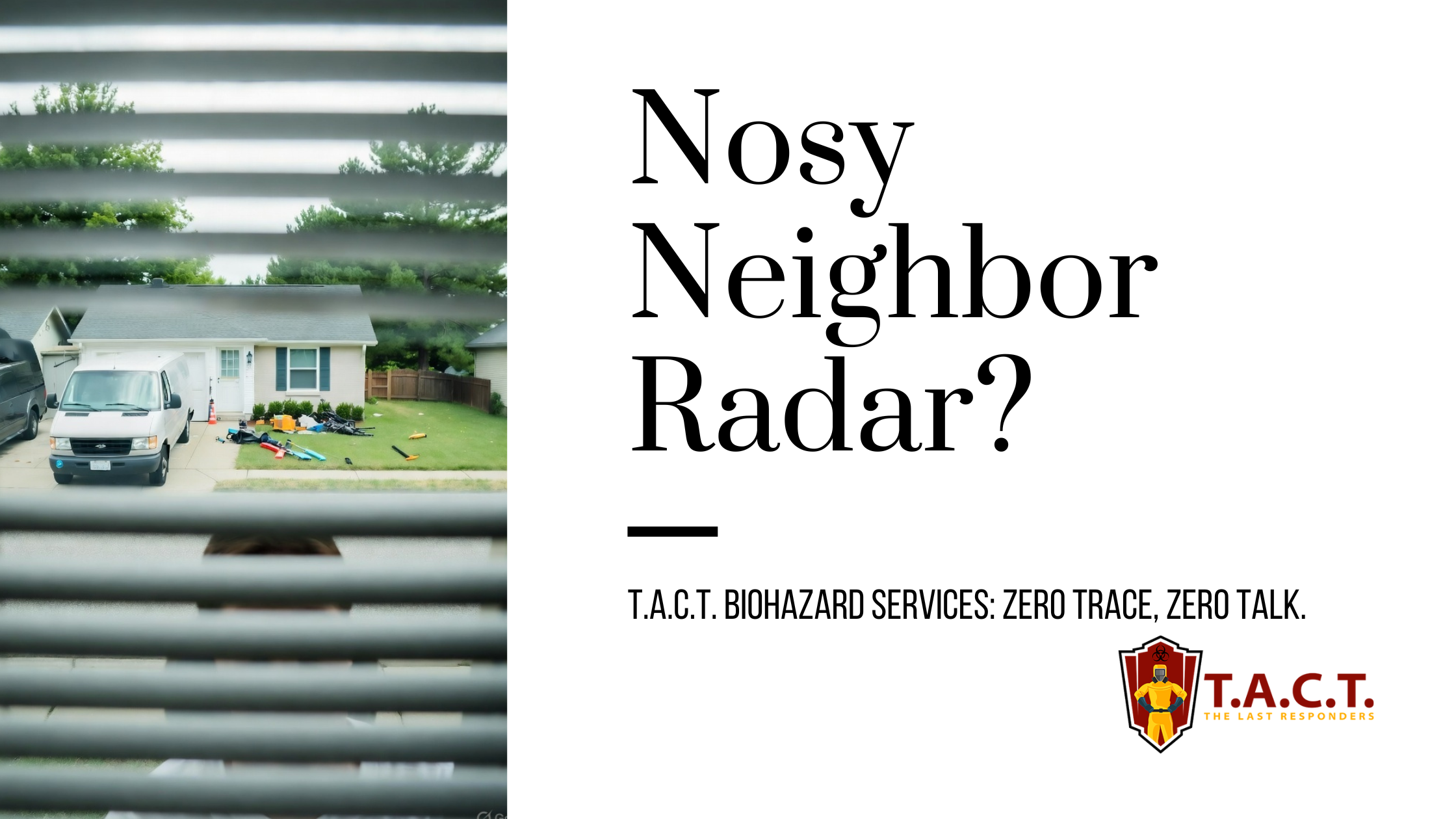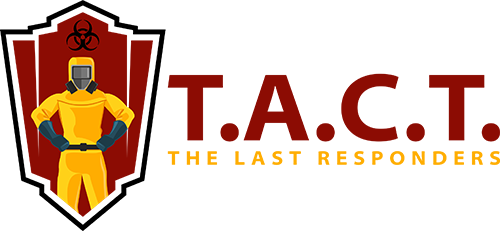Mold Inspection Guide – Costs, Process & Prevention Tips

This is a new Text block. Change the text.
The Essential Guide to Mold Inspection: Costs and Benefits Explained
Mold isn’t just an unsightly problem—it’s a silent intruder that can threaten your health, weaken your home's structure, and cost you thousands of dollars in repairs. Whether you're dealing with water damage, a musty odor, or unexplained health symptoms, knowing when and how to conduct a mold inspection is critical.
This guide dives into everything you need to know about mold inspection, its importance, costs, and benefits, and whether you should opt for DIY solutions or hire a professional. By the time you finish reading, you'll know exactly how to take action to protect your property and your family.
Understanding Mold Growth and Its Risks
Mold is a fungus that thrives in dark, damp environments. Common areas include basements, bathrooms, and spaces affected by water leaks. While it may not always be visible, mold often lurks in hidden places like air ducts, inside walls, or under flooring.
Why should you care about mold growth?
- Health Issues: Exposure to mold can lead to respiratory problems, allergies, and asthma. For those with weakened immune systems, mold exposure can be even more dangerous.
- Structural Damage: Mold weakens the foundation of your home, causing wood rot, ceiling warping, and potential structural instability.
- Rapid Spread: Mold spreads through spores, which can travel easily and quickly contaminate other parts of your home.
When Should You Inspect for Mold?
Recognizing the signs and timing of when to inspect for mold can save you money and protect your health. Here’s when you should take action:
- Visible Mold: If you see mold spots on walls, ceilings, or floors, it’s time to schedule an inspection.
- Musty Odor: A persistent musty smell is a common indicator of hidden mold.
- Post-Water Damage: If your home has recently experienced flooding or leaks, mold could already be taking hold.
- Unexplained Allergies: If household members experience runny noses, eye irritation, or coughs that improve outside the home, mold might be the culprit.
- Warped Walls or Ceilings: Bubbling paint, cracks, or warped surfaces may signal moisture and possible mold issues.
The Mold Inspection Process
A professional mold inspection is more detailed than you might expect. Here’s what happens during the process:
- Consultation
The inspector interviews you to understand the history of moisture issues and symptoms or signs you’ve noticed.
- Visual Inspection
Using specialized tools, the inspector examines visible areas and focuses on high-moisture zones like basements, kitchens, and attics.
- Moisture Detection
Advanced tools like thermal imaging cameras or moisture meters pinpoint hidden dampness that could be encouraging mold growth.
- Sample Collection
Samples from walls, air, or surfaces are taken to a lab for analysis. These tests identify mold types and the extent of contamination.
- Comprehensive Report
A detailed report outlines findings, locations of mold, and recommendations for remediation steps.
The Cost of Mold Inspections
The cost of mold inspections depends on several factors, but it’s always worth the investment when compared to mold damage or health costs. Here's how costs are typically broken down:
- Property Size: Larger homes or offices cost more to inspect due to the increased square footage.
- Inspection Type: Non-invasive inspections cost less, while invasive types (which may require removing drywall) are more expensive.
- Location: Remote or difficult-to-access homes may come with additional fees for travel or labor.
- Testing Options: The price increases if you opt for advanced testing methods to identify mold type and density.
On average, costs range from $300 to $1,000 depending on these variables.
Mold Testing and its Importance
While inspections identify moisture and potential mold locations, testing provides critical details on the type and number of spores present. The distinction is essential for determining the seriousness of the problem.
Benefits of Mold Testing:
- Identifying Mold Types: Some molds are more harmful than others—testing can detect toxic molds like Stachybotrys (black mold).
- Air Quality Insights: Testing measures spore levels in the air, offering a deeper understanding of the indoor environment.
- Tailored Remediation Plans: Clear results make it easier to plan efficient mold removal strategies.
Preventing Future Mold Growth
Mold problems can feel overwhelming, but prevention is the best cure. Here are some expert tips to keep your home mold-free:
- Control Humidity: Use dehumidifiers in damp spaces to keep humidity levels below 60%.
- Fix Leaks Quickly: Repair roof, plumbing, and HVAC leaks immediately to prevent moisture buildup.
- Improve Ventilation: Ensure proper airflow in bathrooms, kitchens, and basements.
- Clean Regularly: Wipe up spills promptly and perform regular cleaning to prevent mold-friendly conditions.
Regular home maintenance is key to avoiding costly remediation down the line.
DIY Mold Inspection vs. Hiring a Professional
While DIY mold testing kits may seem appealing, they only scratch the surface compared to professional inspections. Here’s a comparison:
- DIY Kits
Pros: Affordable (typically under $40), convenient for surface samples.
Cons: Less reliable, may miss hidden mold or air spores, no actionable advice provided.
- Professional Inspections
Pros: Comprehensive, includes air quality tests, expert analysis, and actionable remediation recommendations.
Cons: Higher initial cost, typically $300-$1000.
For peace of mind and accuracy, hiring a professional is often the better choice.
Finding the Right Mold Inspector
Selecting the right inspector is a critical step. Use this checklist to guide your decision:
- Certification: Verify licenses and certifications for mold inspection and remediation.
- Experience: Choose someone with specific expertise in handling mold cases.
- References: Ask for referrals or read online reviews to gauge credibility.
- Transparent Costs: Request a detailed estimate upfront to avoid surprises.
- Equipment: Ensure they have advanced tools like thermal imaging and moisture meters.
Take Action Today to Protect Your Home
Mold is not something to ignore. Left untreated, it can escalate from a minor inconvenience to a major health hazard and property damage issue. A professional inspection ensures your home stays healthy, safe, and free from costly mold problems.
Whether you’ve spotted the warning signs or simply want peace of mind, scheduling a mold inspection is the first step towards protecting your household.
Latest news

Nosy neighbors peeking? T.A.C.T. North Atlanta offers discreet biohazard remediation for rodent infestations, mold, hoarding, and more. Unmarked vehicles, quiet experts, full privacy—24/7 service at 470-781-4775.
Read More

